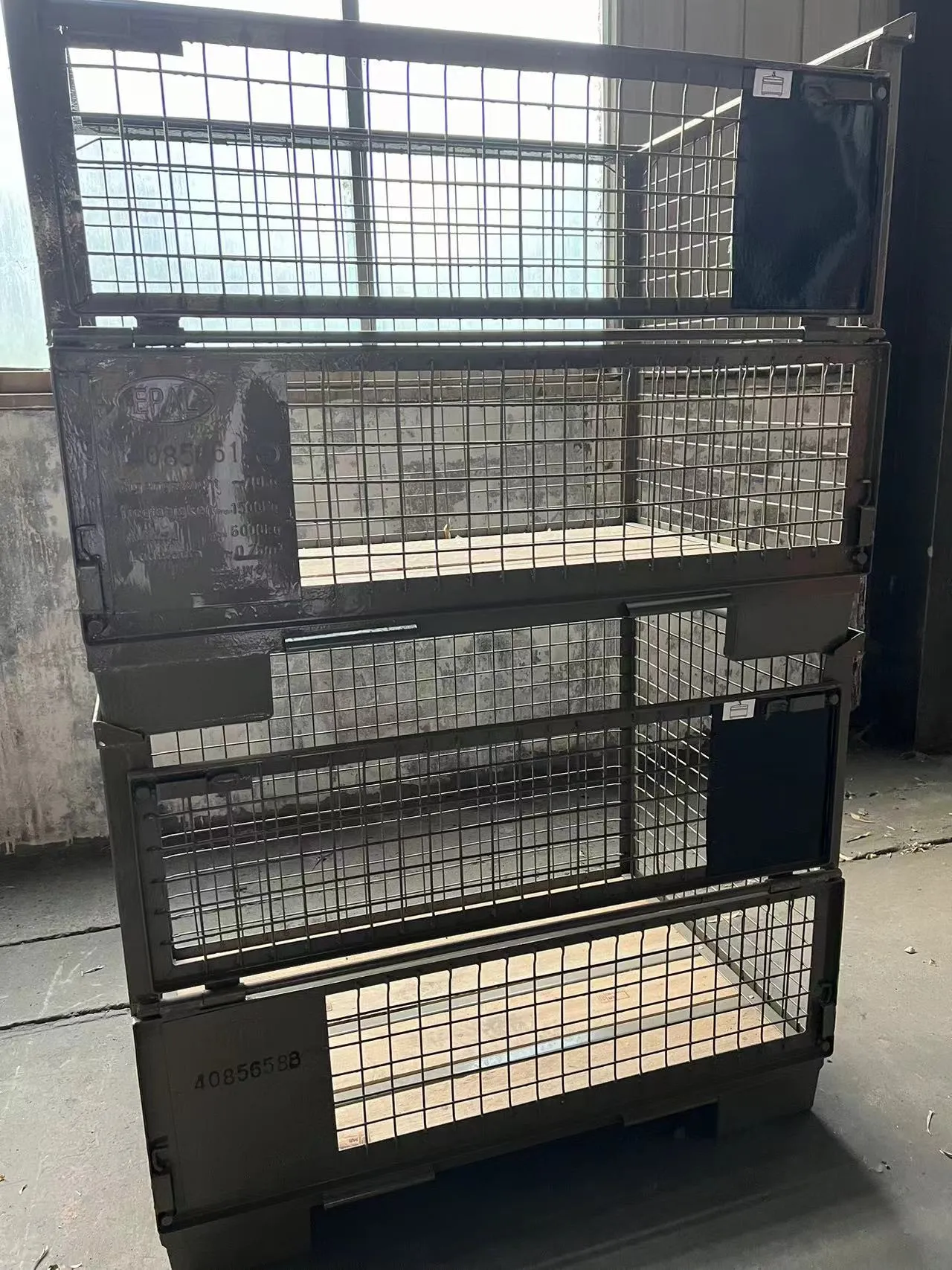Benefits of Using Metal Manhole Covers for Urban Infrastructure Improvement
The Evolution and Importance of Metal Manhole Covers
Metal manhole covers are among the most overlooked elements of urban infrastructure, yet they play a vital role in maintaining the functionality and safety of our cities. These heavy, circular slabs cover access points to underground utility systems, including sewers, electrical conduits, and telecommunications lines. While they may seem mundane, their history and design reflect significant advancements in material science and engineering.
Historically, manhole covers have evolved significantly since their introduction in the mid-19th century alongside the rise of urbanization and industrialization. Early versions were often made of iron, which was abundant and easily cast into shape. However, as cities grew, so did the demand for stronger, more durable materials that could withstand the constant wear and tear of vehicular traffic. Steel became the material of choice for many urban planners, offering increased strength and longevity.
In modern contexts, metal manhole covers are typically made from ductile iron, a material known for its superior tensile strength and resistance to impact. This is crucial, as manhole covers must support the weight of vehicles while remaining in place amidst constant vibrations and environmental factors. The design of these covers has also progressed to include features such as anti-skid surfaces and designs that minimize the risk of tools falling through gaps during maintenance work.
metal manhole cover

Another important aspect of metal manhole covers is their role in public safety. A loose or improperly fitted cover can pose significant dangers to both pedestrians and vehicles. Countless accidents have been attributed to defective or missing covers, leading to serious injuries or even fatalities. To mitigate these risks, municipalities often implement strict guidelines for installation and regular maintenance of these access points. Additionally, many jurisdictions have begun incorporating reflective materials into the design of manhole covers, enhancing visibility during nighttime or poor weather conditions, ultimately reducing the risk of accidents.
Despite their functional nature, metal manhole covers have also become a canvas for urban art and expression. In various cities around the world, artists have transformed these functional objects into works of art, creating intricate designs that celebrate local culture and history. This not only beautifies urban spaces but also fosters a sense of community pride. Moreover, customized covers serve practical purposes, helping to identify utilities and their ownership, thus streamlining maintenance and service operations.
The sustainability of metal manhole covers is another emerging consideration. Given the increasing focus on environmental consciousness, manufacturers are exploring ways to recycle old covers to produce new ones. Additionally, innovations in production techniques aim to reduce waste and energy consumption during manufacturing. As cities continue to grow and evolve, the demand for efficient and eco-friendly materials will only increase, encouraging further development in this area.
In conclusion, while metal manhole covers might often go unnoticed in the hustle and bustle of urban life, they are critical components of city infrastructure. Their evolution from simple iron slabs to sophisticated, engineered products reflects advancements in technology, safety considerations, and artistic expression. As we look to the future, the role of these covers will likely continue to expand, incorporating greater sustainability and innovation while ensuring that the services below ground remain accessible and functional. With proper attention and care, metal manhole covers can serve not only their intended purpose but also contribute positively to the urban landscape.
-
The Smarter Choice for Pedestrian AreasNewsJun.30,2025
-
The Gold Standard in Round Drain CoversNewsJun.30,2025
-
The Gold Standard in Manhole Cover SystemsNewsJun.30,2025
-
Superior Drainage Solutions with Premium Gully GratesNewsJun.30,2025
-
Superior Drainage Solutions for Global InfrastructureNewsJun.30,2025
-
Square Manhole Solutions for Modern InfrastructureNewsJun.30,2025
-
Premium Manhole Covers for Modern InfrastructureNewsJun.30,2025
